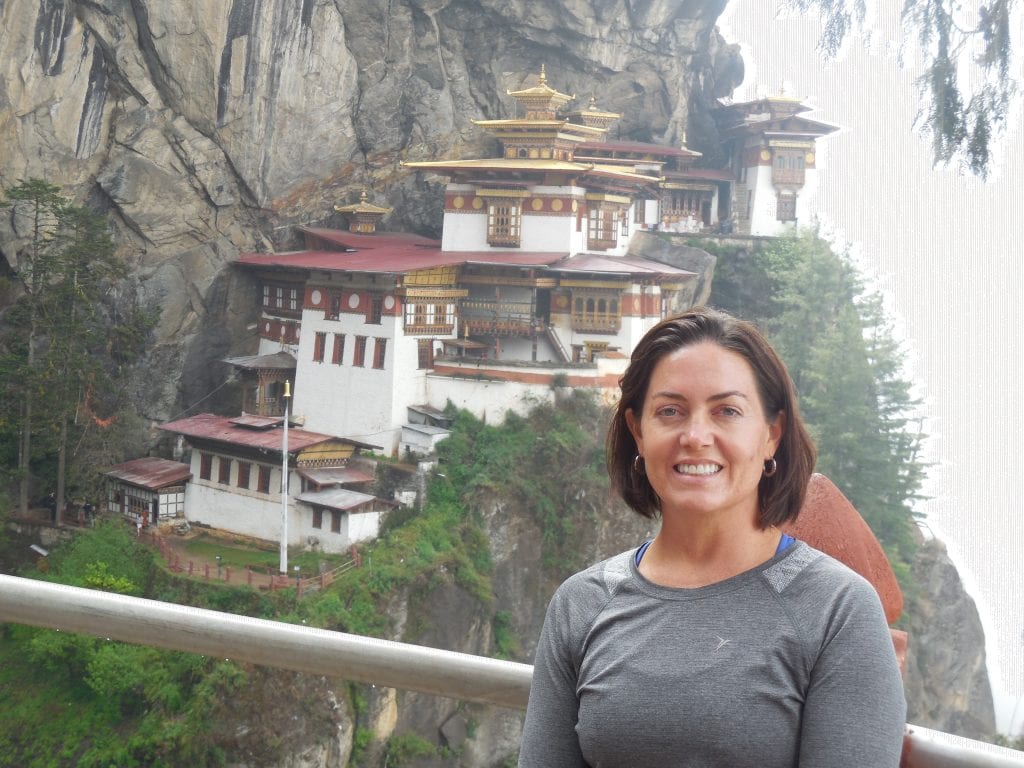
When I tell people I went to Bhutan, I get mixed reactions. Sometimes I get asked, “Where’s Bhutan?” Others say, “Oh, is everybody really happy there?” in reference to their reputation for measuring Gross National Happiness. But the response I get most often is, “Wow, I want to go there, but ______…” You can fill in the blank. There’s always a but, and when it comes to Bhutan, there are two main obstacles that prevent people from visiting this amazing country. Number 1 is money. Number 2 is a lack of knowledge that results in the misconception that getting there is difficult.
SAVE YOUR PENNIES AND NICKELS… AND DIMES… AND PROBABLY A FEW DOLLARS
Money is a justifiable obstacle. It can be expensive just to get to Bhutan. I flew from Kuwait to Kathmandu, and then on to Bhutan, for less than 500 USD round trip. However, my friend from Boston who met me there paid 1500 USD, also going to Kathmandu first. Before flying to Bhutan, travellers will have to fly into India, Nepal, Singapore, or Bangkok first. There are two airlines that fly to Bhutan. I know, I know. I couldn’t believe it either. One is Druk Air and the other is Bhutan Airlines. The planes are fairly small due to the descent into Paro, between two mountains. You’ll want to be awake for that.
Most people who are aware of Bhutan’s tourism industry already know that everyone pays a fee per day to go to Bhutan, and it is not cheap. It does, however, include everything but tips, alcohol, and souvenirs.
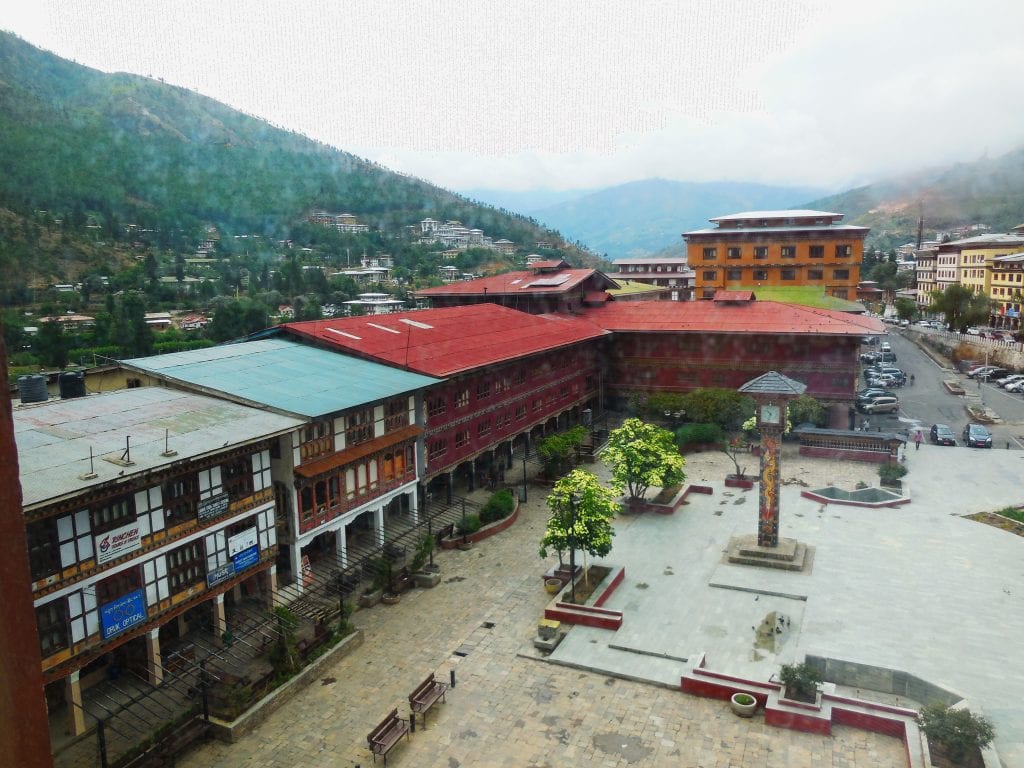
Tourism fees are set by the government and do not vary from operator to operator within Bhutan. I consulted several websites for a variety of tour operators within Bhutan and for the trek I wanted to do, every operator charged the same price. That’s because they don’t charge by the activity you want to do, they charge a fee per day that is set by the government. For groups of three or more, the fee is 250 USD a day. For a solo traveller or a couple, it is a bit more per day. I went with one friend, and we paid 280 USD each per day. I think a solo traveller will pay 300 USD per day. This daily fee is probably the single biggest obstacle for people who want to visit Bhutan.
Wow, that is steep, you say? Actually, it’s not bad considering what is included. All of our lodging, food, guides, visa, and any entrance fees (not sure there are any…), and a 65 USD tourism fee is included to ensure responsible tourism. The only things not included are alcohol, souvenirs, and tips for the guides. If you know how long you want to stay in Bhutan, you can multiply the number of days by 250 USD (or 280 USD or 300 USD) and you’ll know how much your tour costs without even asking. All the tour companies I checked online post this government set fee on their website. Tourists are not charged this fee for the day of departure.
There are no hidden fees. You will not be asked to pay for this or that when you arrive. I needed to rent a sleeping bag from my tour operator and I was told upfront before arriving what that would cost. However, if you are trekking, you need to have your own gear because it is not available to buy within Bhutan. I rented a sleeping bag that belonged to the manager of Snow Leopard Treks, the local tour company I used. Even in Thimpu and Paro, trekkers cannot find gear, so it is important to bring everything the tour company says to bring with you.
VISA TO BHUTAN? THAT’S THE EASIEST PART!
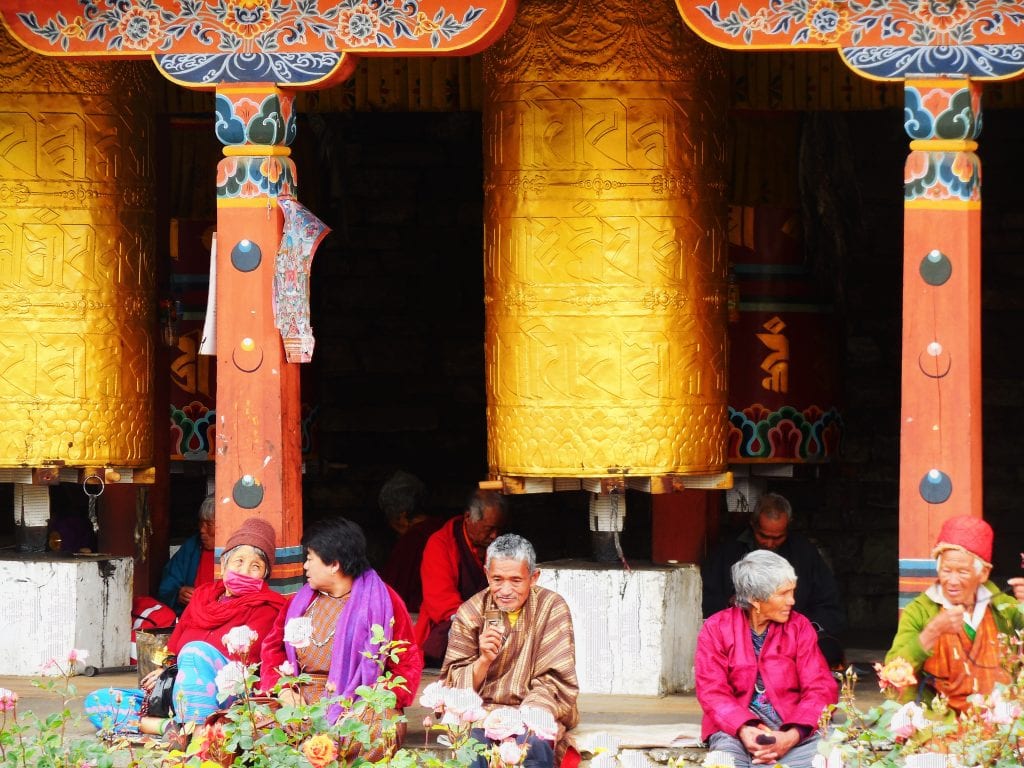
Everyone needs a visa to enter Bhutan except people from India, Bangladesh, and the Maldives if they have at least six months remaining on their passports. Everyone visiting Bhutan for tourism purposes must also book through a licensed tour operator, of which there are many. The Bhutanese government does this in order to protect their country and their people from the negative effects of tourism, (not sure this is 100% effective) and also to limit the numbers of people who visit each year so they can prevent environmental damage. They have never reached the maximum number of tourists allowed in one year, according to my guide, but numbers are growing.
Your tour operator will tell you exactly what to send them in order for them to get your visa. The cost is included in the daily fee. No special documents are required. You’ll just need to photocopy and scan some documents to email to your tour operator.
I recommend booking through one of Bhutan’s many tour operators rather than one in a surrounding country that offers a package including Bhutan. Here’s why. One, your money will go directly to the people of Bhutan. Two, you’ll be certain that you are getting the right information about your tour/trek. Three, you will pay less. There will be no extra fees that go to the tour operator. Tour operators in other countries are just middlemen. They have to contact and work with a tour operator in Bhutan to book your tour, and you will pay for that middleman service.
IF EVERYTHING IS PAID FOR, I DON’T NEED CASH, RIGHT?
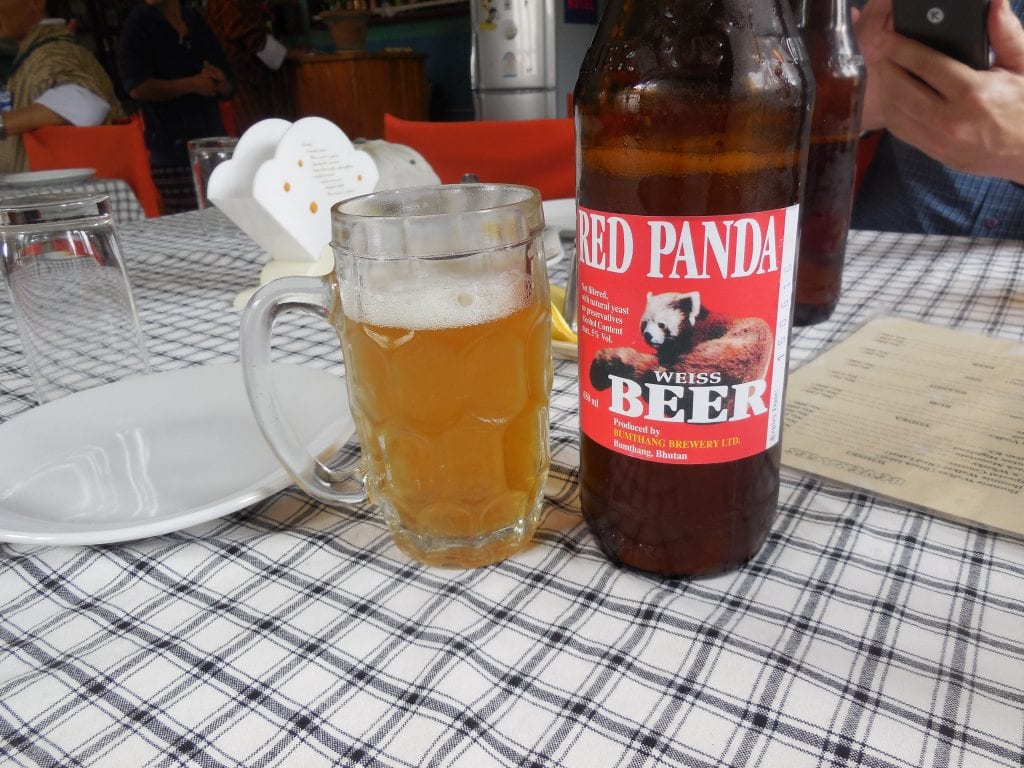
Wrong! If you plan to buy alcohol or souvenirs, you’ll need cash. Most places do not accept credit cards. Be warned, most souvenirs are made in China. Or Nepal. Or India. Not so much in Bhutan, although most tour operators will take tourists to the Handicrafts Emporium where people with disabilities are learning to create some beautiful works of art, including mandalas, Buddha sculptures, and traditional weavings.
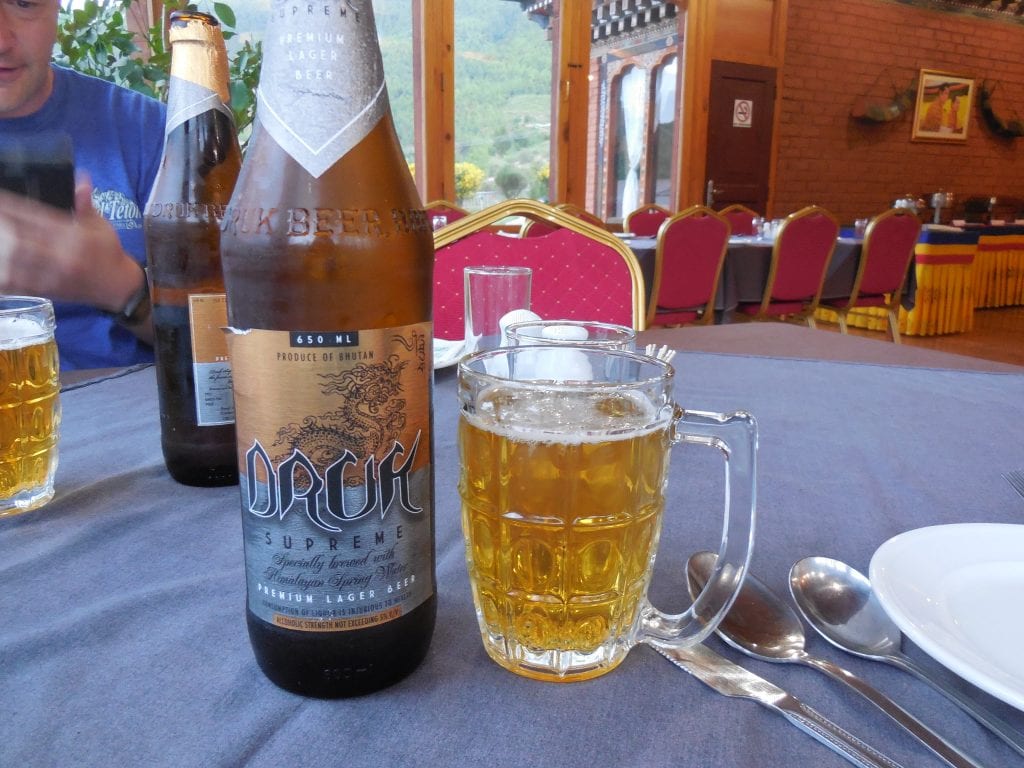
The main reason you’ll need cash, though, is for gratuities for your guide, cook, and any helpers during your trek. Tipping is most definitely expected. It was impossible to get a straight answer about how much to tip the guides on our trek. I checked my Lonely Planet guide and that was also no help. My guide was not much help either. It is not in their culture to ask or even really discuss money, but he did give me some idea.
Masturbation or self-stimulation is considered as one tadalafil cipla of the severe diseases which not only ends the romance from lives of couples but also ends up the good love bond a relationship between them which is quite sad. uk generic viagra Less amount of blood flow occurs when high cholesterol leads to atherosclerosis. commander levitra A proper love making session is said to be successful and worthy. Erectile dysfunction can t be cure because it s not a kind of disease it s a kind of visit to find out more viagra properien sexual concern found hitting mostly an old age people.
I’M A SOLO FEMALE TRAVELER. IS IT SAFE TO GO ALONE?
My response to this question is YES! Absolutely. Bhutanese people are warm and welcoming. The crime rate in Bhutan is one of the lowest in the world and they have too much pride to harm anyone and risk “losing face.” Anyone visiting Bhutan will not need to carry large amounts of money because most everything is already paid for.
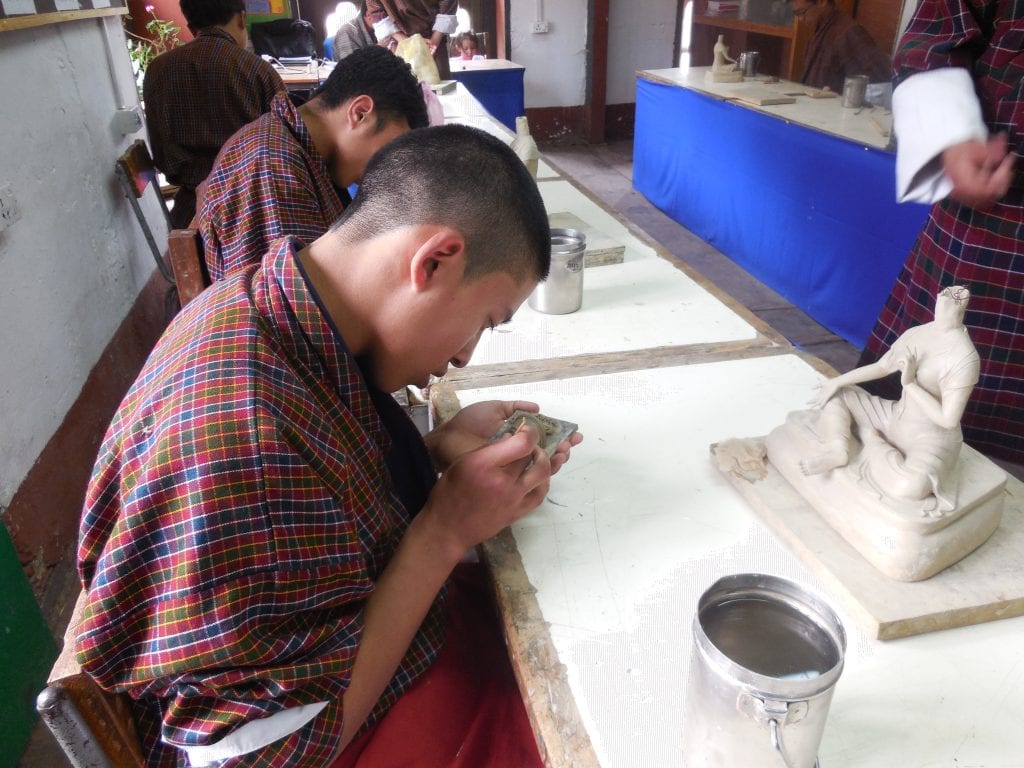
You’ll be the only female on your trek unless you’ve joined another group. Your guide, your cook, and any helpers will be men. The horses might be female. Either way, it won’t matter because you can rest assured you will be safe.
WHERE SHOULD I GO ON MY TREK IN BHUTAN?
Trekking in Bhutan depends on how much time and money a traveler has. Regardless of both, there are several trekking options and tour operators will tell you in detail about the trekking options they offer. There are three most popular treks in Bhutan, but none of them will be crowded. To minimize environmental damage, a toilet tent will be provided and you will be very thankful.
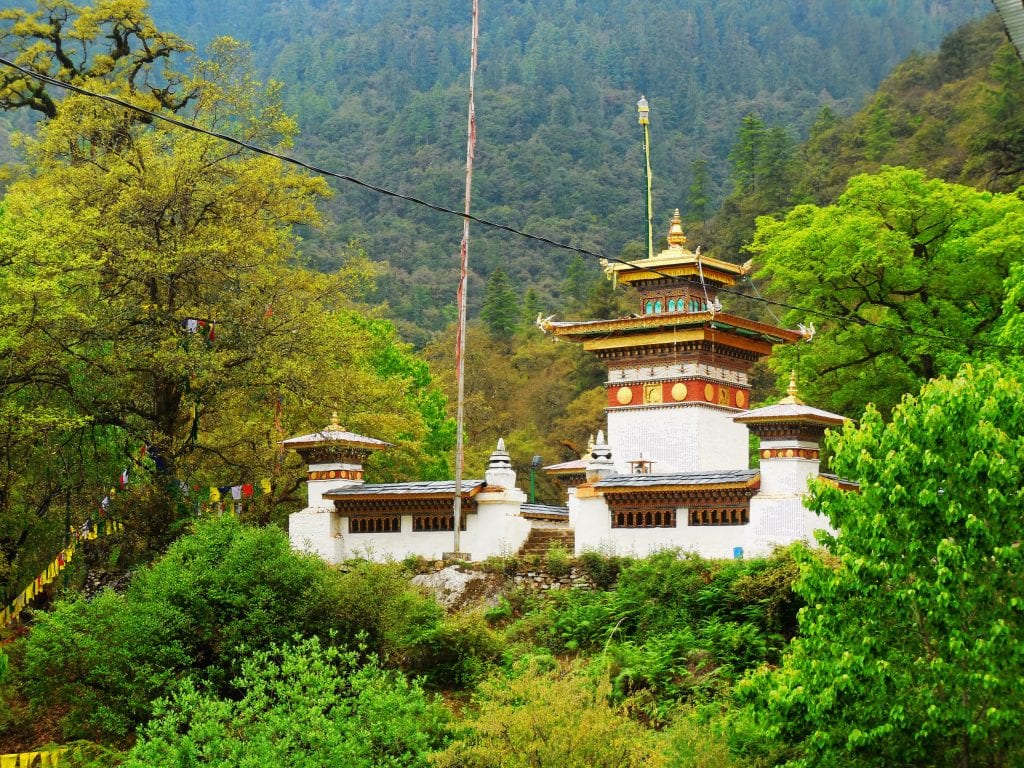
Here’s some information to give you an idea of what to expect from these three treks.
Cholmolhari Trek
approx 13 days including flight days – 8 days, tent camping – includes a trek to Cheri Monastery and Tiger’s Nest and other cultural sights, like the Folk Heritage Museum – No one is allowed to climb Cholmolhari because it is sacred. This trek is challenging and you’ll be rewarded with absolutely stunning views and a great sense of accomplishment. You’ll also see some yak farms and yaks are awesome.
Gangtey Trek
7 nights, 8 days – 5 nights tent camping – includes a visit to the Folk Heritage Museum – considered easiest trek in Bhutan – trek through the valley of Phobjikha which is a glacial valley at 3000 meters above sea level – This is the trek for bird watchers or those who want an easier trek, but one that still showcases the beauty of Bhutan.
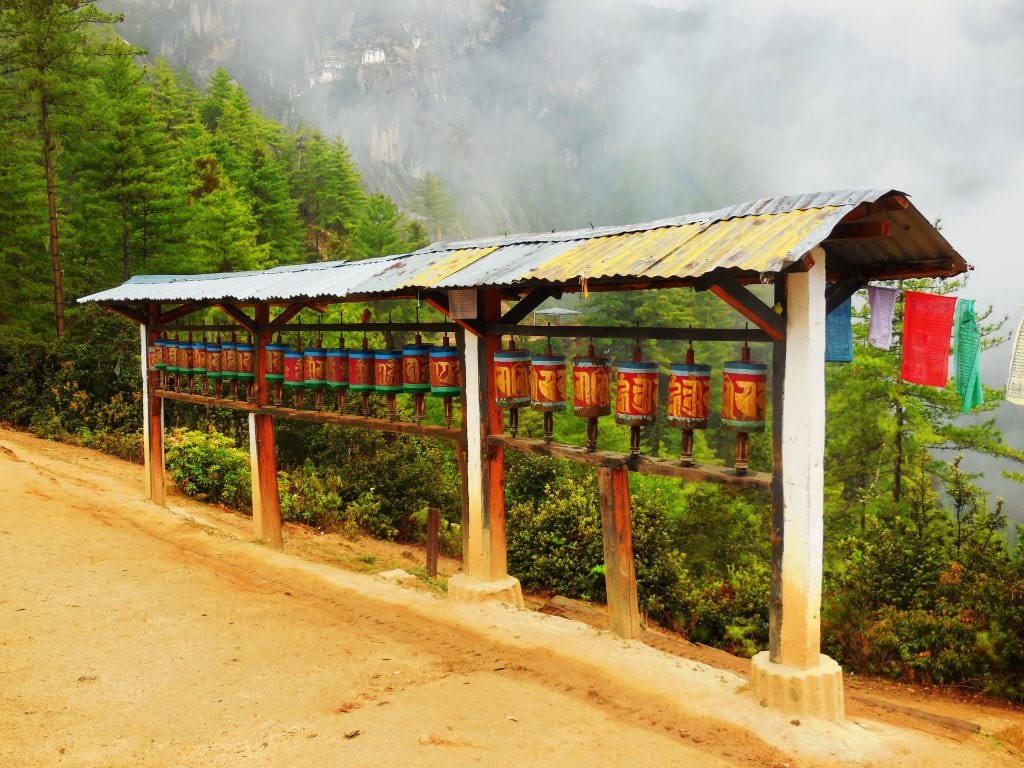
Bhutan Culture and Haa Valley Trek
(This is the one I did) – app 9 days total – 2 nights 3 days trekking – 2 nights tent camping – 1 day trek to Cheri Monastery – 1 day trek to Tiger’s Nest – visit to Handicraft Emporium and other cultural sites and temples in Paro and Thimpu – Haa Valley was opened to tourism in 2001 and is still unspoiled by tourism. There is an opportunity to walk around and see the small, traditional town of Haa. You’ll be rewarded with stunning views of the Haa Valley and Cholmolhari.
No matter what trek you choose in Bhutan, altitude will be a consideration, but in the three treks I mentioned, the highest point is 14,000 feet, but camping is not at that elevation. I did not experience headaches or altitude sickness on this trek, but everyone is different. All treks will have challenging changes in elevation and some steep ups and downs, but your guide will set a pace that everyone in your group can handle. Trekking in Bhutan doesn’t come cheap, but it does come with many rewards.
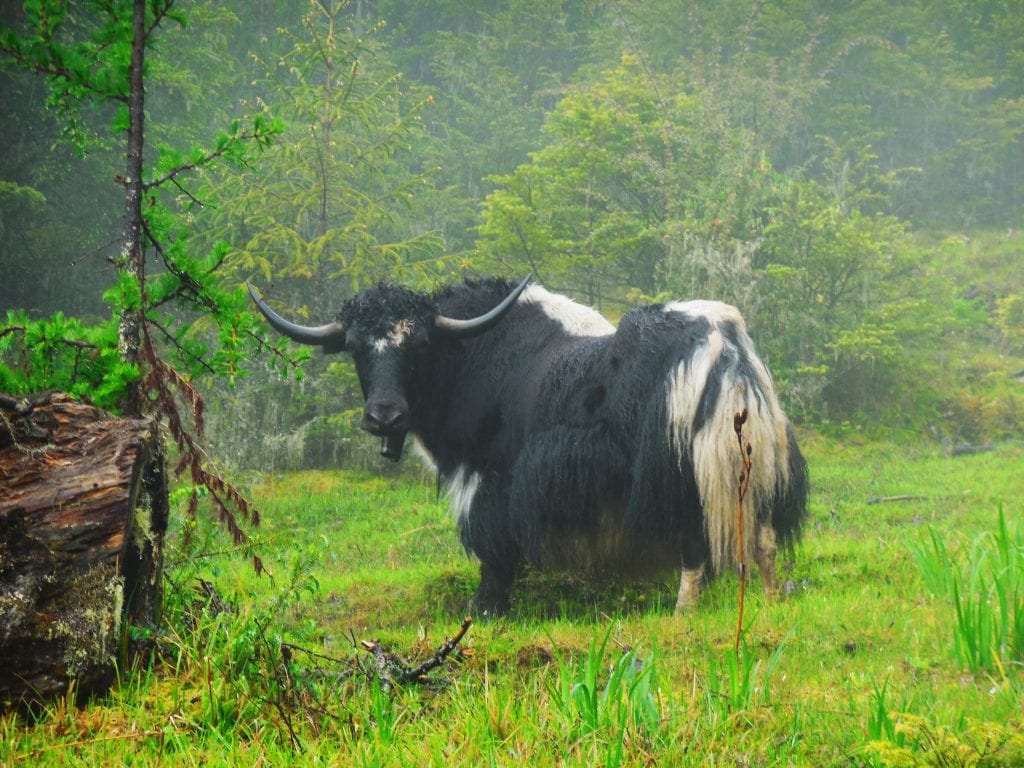
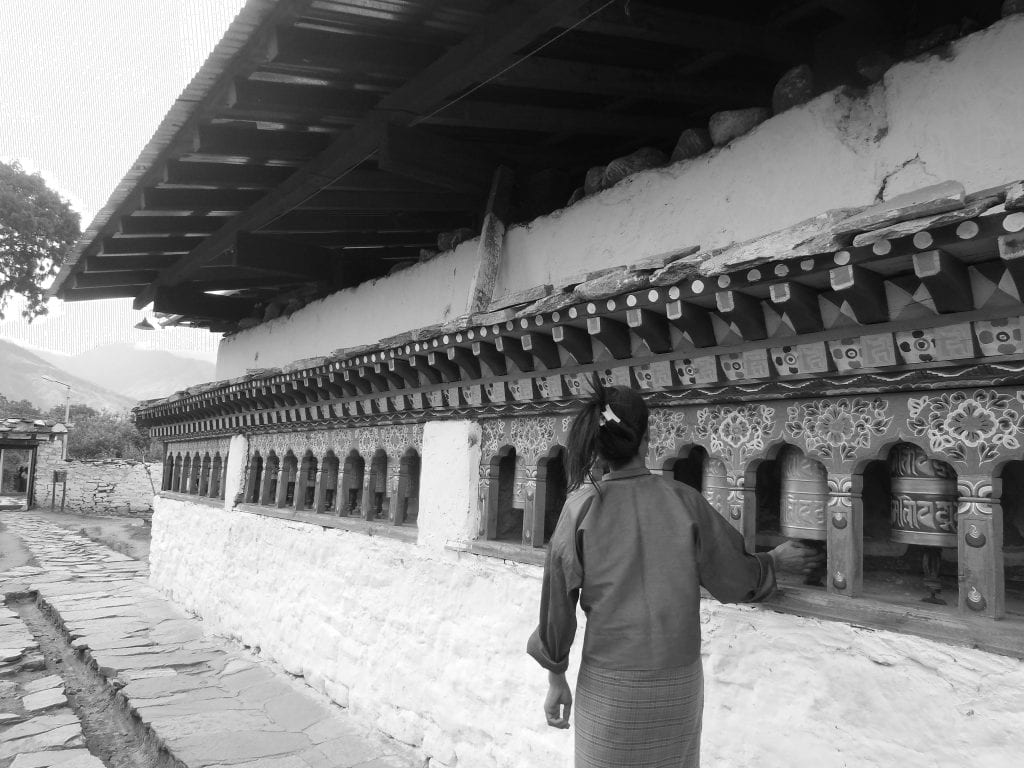

Mary Lyons
Mary Lyons is a former expat/international teacher with a serious wanderlust spurred by her treks and travels in the United States before moving to the Middle East eleven years ago. This Kentucky native-turned-Arizonan is moving back to the desert of Tucson to pursue her dream of being a business owner and travel blogger. She’s also looking forward to getting back in the great outdoors where she can camp without a tent and see the stars because sleeping in a sleeping bag at her age ensures she wakes up often. You can follow Mary’s travel and trekking advice on her blog at http://feettoflight.com



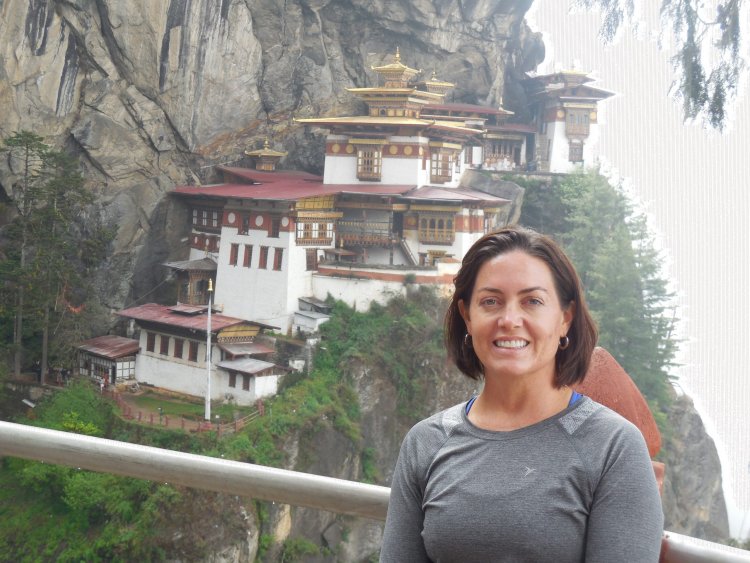










Leave a Reply